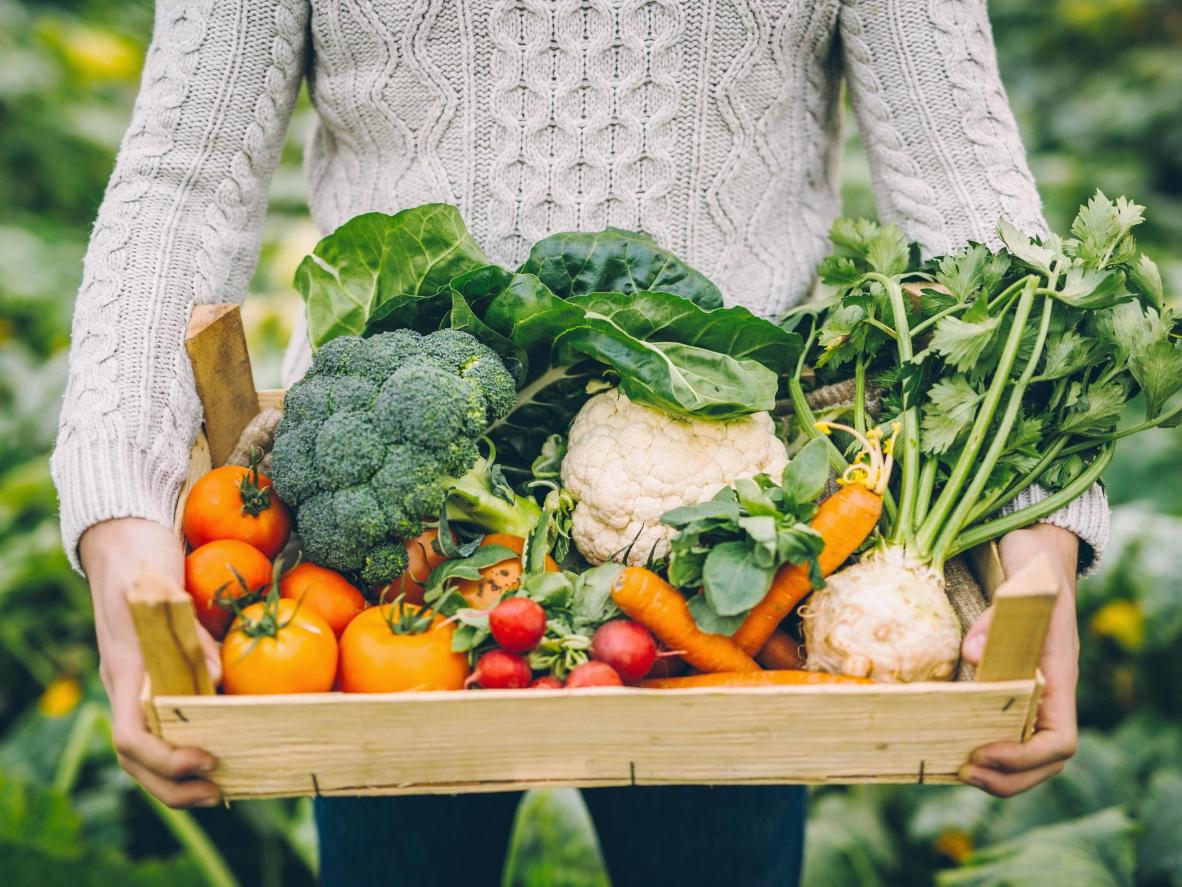Introduction
Imagine biting into a crisp apple straight from the tree in the brisk autumn air, or savoring a juicy tomato, warm from the summer sun. These experiences are at the heart of seasonal eating—a practice that can transform your cooking and your connection to the food on your plate. In this guide, we’ll explore the vibrant world of farm-fresh produce, sharing the secrets to selecting and preparing fruits and veggies that are in their prime. You’ll discover not only a bounty of flavors but also the numerous benefits that come with eating according to the seasons.

The Benefits of Seasonal Eating
Taste the Difference
Seasonal produce is harvested at the peak of its freshness, which means it’s packed with flavor. There’s a simple joy in the taste of a strawberry picked at the height of spring or a squash in the fall. My own epiphany came with a perfectly ripe peach, so sweet and succulent that it forever changed my relationship with fruit.
Nutritional Boost
When fruits and vegetables are allowed to ripen naturally and are consumed shortly after harvest, they retain more nutrients. Eating seasonally ensures that you’re getting produce at its nutritional best—a difference you can feel with every meal.
Eco-Friendly Choices
Choosing seasonal produce often means you’re supporting local farmers and reducing your carbon footprint. Food that doesn’t travel long distances doesn’t just taste better—it’s also better for the planet.

Selecting Seasonal Produce
Here’s a tip: your local farmers’ market is a treasure trove of seasonal produce. The vendors can often tell you not just about how to select the best items, but also how they were grown. Look for fruits and vegetables that are:
- Firm and vibrant in color
- Free from excessive blemishes
- Heavier in weight (which often indicates juiciness)
Preparing Seasonal Dishes
Now, let’s get to the fun part—cooking! Here are some general tips for making the most of your seasonal produce:
- Simple is Best: Allow the natural flavors to shine through with simple preparations.
- Herbs and Spices: Enhance your dishes with fresh herbs and a dash of spices.
- Preservation: Learn canning and freezing techniques to enjoy seasonal flavors all year round.
Spring
Spring is a time of renewal, and the produce reflects this. Think tender greens, sweet peas, and strawberries. A personal favorite is a simple strawberry spinach salad with a drizzle of balsamic reduction.
Summer
In summer, the abundance of produce is staggering. Zucchini, peppers, tomatoes, and stone fruits come to mind. One of the best summer pleasures is a fresh caprese salad with ripe tomatoes, fragrant basil, mozzarella, and a splash of olive oil.


Fall
The cooler weather brings heartier fare. Pumpkins, apples, and root vegetables dominate. A rustic apple tart can be a delightful way to enjoy the harvest.
Winter
Winter may seem sparse, but it’s rich with citrus, leafy greens, and winter squashes. A warming butternut squash soup can be both comforting and invigorating during the chillier months.


Conclusion
Eating seasonally is a journey through the year, marked by flavors that tell the story of nature’s cycles. It’s a way to connect with your food, your health, and the environment. As you embark on this flavorful journey, I encourage you to share your seasonal recipes and stories in the comments below. Let’s celebrate the seasons together, one delicious bite at a time.
Share Your Seasonal Story: What’s your favorite seasonal dish to cook? Share your recipes and experiences with the community below!

Leave a Reply